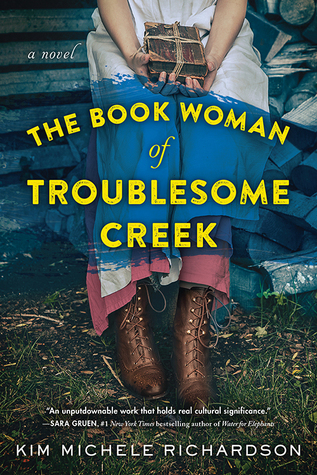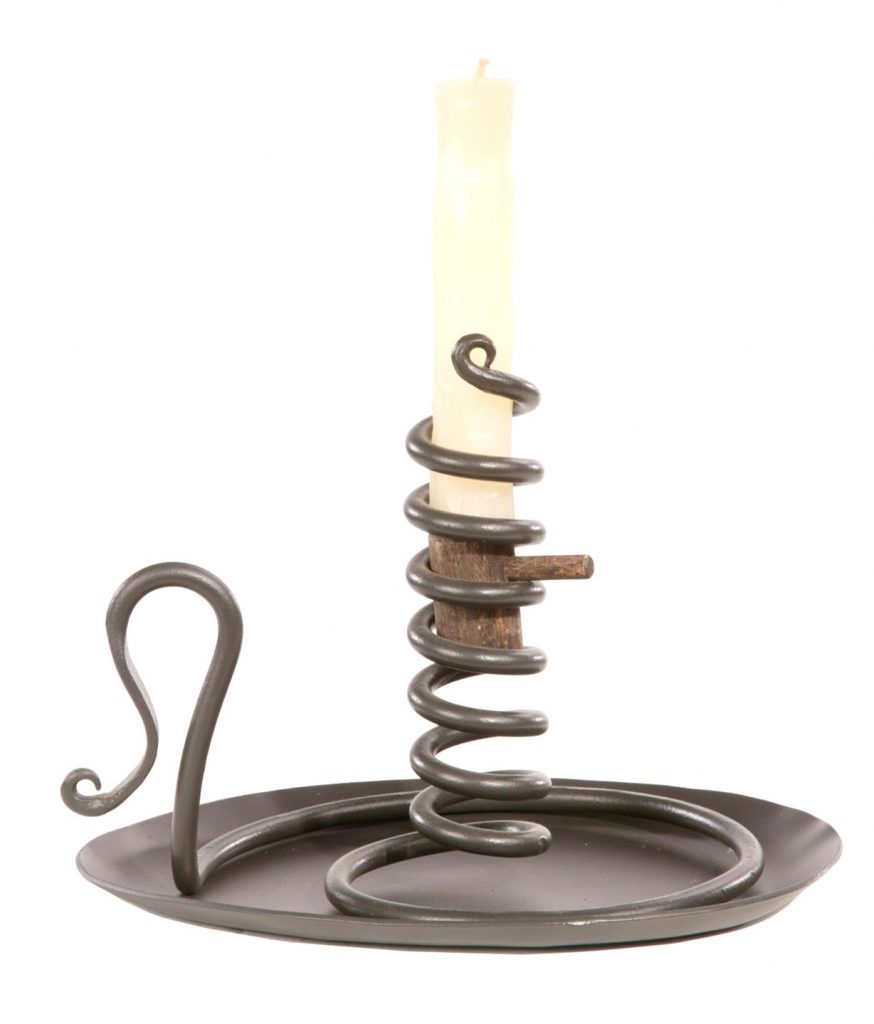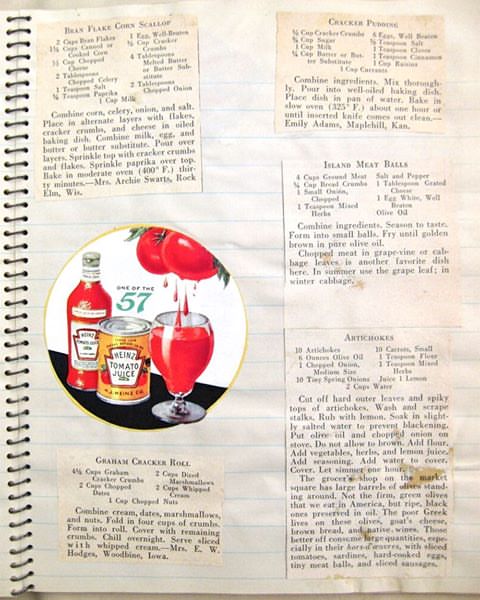
The following post includes affiliate links. More details here.

Sometimes you read a book well after the new has worn off, and then you kick yourself for not reading it sooner. Dear readers, this is one of those times. The Book Woman of Troublesome Creek by Kim Michele Richardson is gorgeous, heart-breaking, and hopeful. It’s an ode to the love and joy of books, the study of science, and overcoming ignorance and hate. It’s set in 1936, and follows 19-year-old Cussy Mary, or Bluet as many call her. She’s smart, hard working, and dedicated to her library patrons. She’s the last of the Blue People of Kentucky and she’s a pack horse librarian. During the book, we learn what it means, scientifically, to be a Blue, and what it means socially. Cussy Mary demonstrates her strength, as she uses it for herself and her family, both blood and others she loves. We also learn about life in Appalachia during the Great Depression and the Pack Horse Library Project, which was part of the WPA (Works Progress Administration, a New Deal agency), about the way the people lived off the land as best they could, and about the racism experienced by both Blue and Black people. The ultimate take away from this story, according to the author is “Poverty and marginalization are not so much economics or politics or societal issues as much as they are human issues.”

As I’m getting ready to take my kids to the library later today, I can only imagine the joy Cussy Mary feels as she greets her patrons with their new loans, and the joy the patrons feel as they get new books. Living in Appalachia in the 1930s must have been isolating, to be miles and treacherous paths away from your nearest neighbor and hours from town. I feel like the pandemic has taught me several lessons about the value of community and the importance of connection (even as an introvert), as well as a bit about how it must have felt to go days without seeing anyone who doesn’t live in your house. I didn’t know much about these brave pack horse librarians before reading this book, but I did know that Blue people are real, or were rather, since their color is a result of a rare recessive gene. I was interested to learn about courting candles, where the wick burns out when the courter is to leave for the evening, and was surprised, then not, that Cussy Mary’s father would allow a courter to come a’ callin’ as he was leaving for his overnight shift in the mines (he didn’t really have an option, living such a remote life). Some of the themes reminded me of Catherine Marshall’s Christy, but this book has more depth to it because it tackles more issues, including interracial marriage, domestic violence, overt racism against Black and Blue people, and the practice of medicine in the 1930s. Perhaps that’s just me being 20+ years removed from my last reading of Christy, or perhaps not.
The Book Woman of Troublesome Creek is a quiet tale of love, perseverance, and dedication as Cussy Mary Carter works to serve her patrons, to reach out to new ones, and to provide what help she can to those she comes across. She lives with her father, her mother having died years ago from influenza. Some of the townspeople and area residents adore Cussy Mary. Others do not purely because she doesn’t look the same way they do. Through the pages of this book, we get to know some of Cussy Mary’s patrons, along with their struggles and their goals. We get to tag along with her for a while, which is an eye-opening experience to life in impoverished Appalachia during the Great Depression. I don’t want to spoil any of the book, but I do give it 4.5 stars, so I’ll round up. I wanted more ending after the last page, I might read it again, and I’ll definitely be looking for Richardson’s backlist. And readers, if this doesn’t inspire you go get to know your local librarians, I don’t know what will!
~Nikki

Kim Michele Richardson is a Kentucky-born author who published The Book Woman of Troublesome Creek in May 2019 and is a New York Times, USA Today, and L.A. Times bestselling novel. She focuses on the history and people of Kentucky in all of her published books, including her 2012 memoir that tells her and other children’s story of physical and emotional abuse at the hands of the nuns of St. Thomas / Saint Vincent Orphan Asylum in rural Kentucky, The Unbreakable Child. Because of her experiences, she is an advocate for the prevention of child abuse and domestic violence. Additionally, she volunteers with Habitat for Humanity and built Shy Rabbit, a tiny house in the wilderness of Kentucky available for writer’s retreats.
I know you’re not surprised at the amount of research I do about the author and the background of a story when it comes time to share with you, dear readers. When we started reading the book I was surprised to be informed, by our dear Nikki, that the Blue People of Kentucky are an actual Kentucky family descended from Martin Fugate who settled in eastern Kentucky
Around 1800. This 2012 abc.com article gives a great overview of the family’s experience, explanation of the genetic condition called methemoglobinemia and how it’s passed through recessive genes. Of important note the article discusses that the disease can also be caused by chemical exposure:
The disorder can be inherited, as was the case with the Fugate family, or caused by exposure to certain drugs and chemicals such as anesthetic drugs like benzocaine and xylocaine. The carcinogen benzene and nitrites used as meat additives can also be culprits, as well as certain antibiotics, including dapsone and chloroquine.
Richardson takes artistic license with some of the medical knowledge as regards to dates and treatments of the disease, but it doesn’t take away from the heart-wrenching story she weaves about all of the populace of Troublesome Creek, Kentucky.

Now, as for the Pack Horse Librarians I was most interested in the scrapbooks the librarians would create. I found this podcast conducted by The Kitchen Sisters which has historians weigh in on the primary source importance of these scrapbooks. Besides being a history nerd deep dive, it’s worth it to listen to the last living pack horse librarian tell her story. Standback, Ben Silbermann, these women were Pinteresting before you took it to the interwebz. Could you imagine travelling 18-20 miles a day on a horse you had to provide for yourself, alone through treacherous landscapes and weather, hauling donated books and only making $28 a month? Yeah, me either, and then creating these scrapbooks in their ‘extra time.’ These were some one thousand BA ladies (and a few gentlemen) who serviced about 1.5 million Kentuckians.
JoJo Moyes released The Giver of Stars in October 2019 which tells the story of an Englishwoman who marries an American and becomes a Kentucky pack horse librarian. I haven’t read the novel, but some criticism talks about how her book lacks the depth of research and feeling of place that Richardson has provided for her readers. I’m glad we read The Book Woman of Troublesome Creek before The Giver of Stars, as I appreciate the love and understanding of place that Richardson brings to her work. It’s also a 4.5 star read for me, I was a little frustrated at some of the artistic license, but the characters are the focus, and I love a book where the setting is also a character, determining the twists and turns of the plot.
And, in case you need a gentle reminder, some of our book club members (not us, yet) have already begun The Care and Feeding of Ravenously Hungry Girls by Anissa Gray so they can chat on Friday, August 7 without fear of spoilers! Registration is open here. (Are we going to shame you if you don’t finish the book, or start it? Nope, but we won’t try much to hold back on spoilers.)
~Ashley


